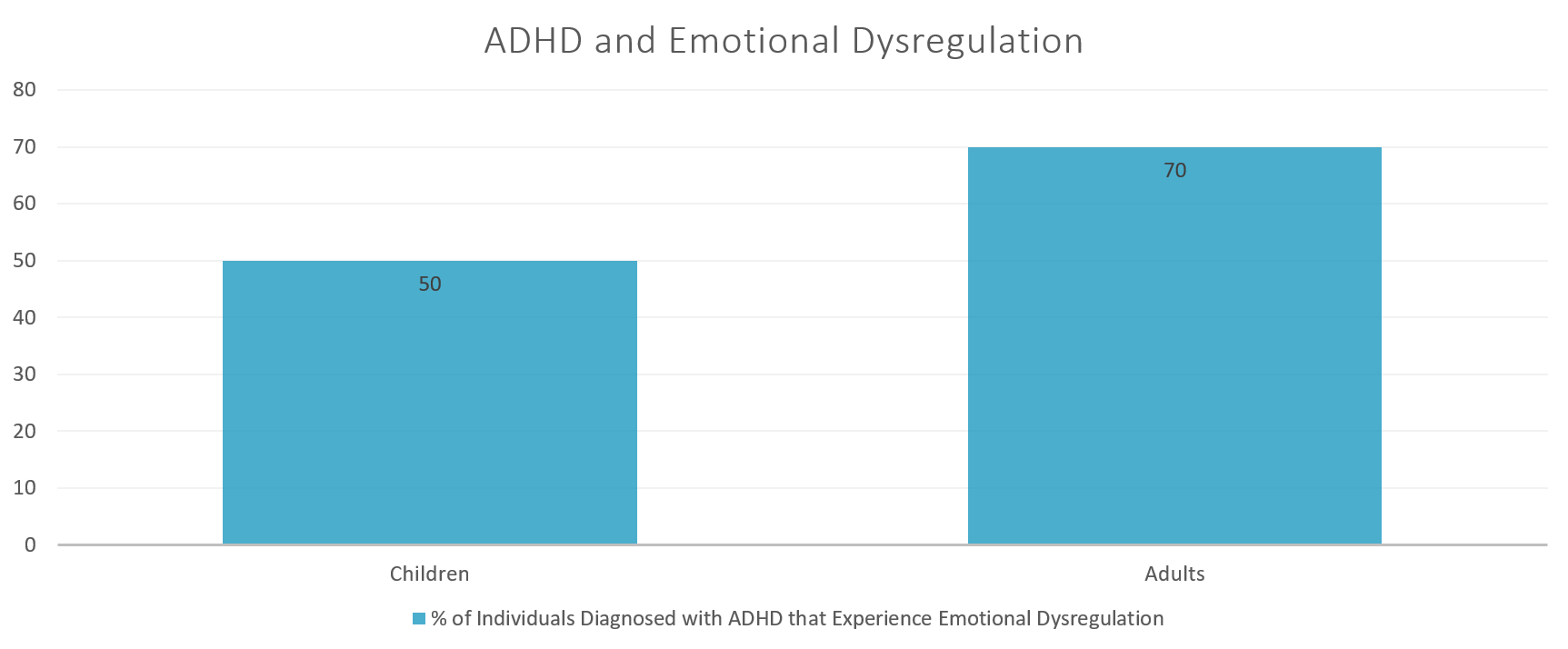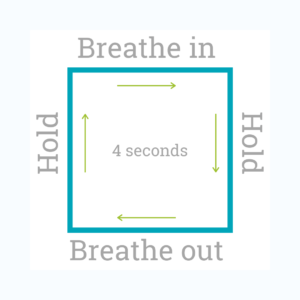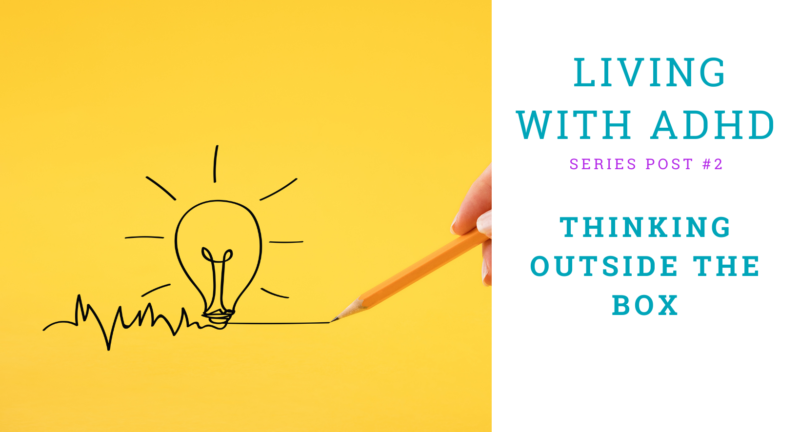
Five Ways to Improve Emotional Regulation
Dealing with uncomfortable feelings is a shared human experience. We all encounter a range of emotions, and sometimes we even experience multiple emotions at once. Frustration, jealousy, anger, and grief are just a few examples of uncomfortable emotions – but we have a tool to help us manage those emotions. Emotional regulation helps us keep our reactions under control – rather than our emotions controlling our reactions. By regulating and managing our emotions, we can better respond to life’s difficulties in healthy and socially appropriate ways.
In this post, we’ll explore:
- What emotional regulation is
- What emotional dysregulation is
- Five ways to improve emotional regulation
What Is Emotional Dysregulation?
Emotional dysregulation refers to an inability to modulate one’s emotional experience and expression and is characterized by extreme responses to emotions.
Individuals diagnosed with ADHD frequently experiences challenges in regulating their emotions.
Shaw and associates (2014) estimated that the prevalence of emotional dysregulation in children with ADHD to be between 24 and 50%, while the prevalence in adults diagnosed with ADHD to be around 70%. These challenges are far more detrimental to an individual’s sense of self-worth and wellbeing than the core symptoms of ADHD (Shaw et al., 2014).

What Causes Emotional Dysregulation?
Poor regulation of emotions in individuals with ADHD is likely the result of poor executive function control [1], which leads to the following:
- Impatience and low frustration tolerance, quickness to anger, reactive aggression and temper outbursts, and increased mood swings.
- Problems regulating emotional responses, leading individuals with ADHD to experience intense and overwhelming emotional reactions. Additionally, individuals with ADHD may find it difficult to inhibit their behavioral responses to the emotions and may find it challenging to moderate the intensity of the emotion.
- Difficulty refocusing attention away from the strong emotion, which leads to difficulties with ruminating thoughts.
- Poor self-soothing. Self-soothing is used to moderate the emotional response and individuals with ADHD, as a result of poor working memory, may struggle to use typical self-soothing strategies, such as self-speech and visual imagery.
- Difficulty organizing and executing appropriate responses due to poor cognitive flexibility in the area of manipulating and organizing information, generating and appraising possible responses and potential outcomes, and planning an appropriate response.
These above deficits lead to the following struggles in daily living [1]:
- Experiencing and displaying emotions more intensely, especially in relationships
- Becoming overly excited
- Focusing on negative aspects of a task/situation
- Experiencing social problems, including social rejection, bullying, and isolation
- Experiencing marital problems, relationship breakups, and divorce
- Having difficulties achieving academic or occupational goals, receiving disciplinary measures in the school or workplace, failure to be promoted, or loss of employment
- Experiencing agitation during driving, including being involved in road rage incidents or car accidents
- Feeling distressed by emotional experiences, leading to the development of anxiety and/or depression
- Having more conduct problems, including being involved in crime or other activities that result in institutionalization
However, despite these struggles, it is possible to increase emotional regulation in people with and without ADHD. Here’s what you need to know.
1. Focus on Prevention.
Preventative techniques help by decreasing vulnerability to strong emotions. The best way to modulate a strong emotion is to prevent the emotional experience from being overwhelming. The following areas will help to prevent strong emotional responses:
Treat physical illness
Routine illnesses (i.e. colds, flu) and pain make us vulnerable to increased emotional volatility. Appropriate treatments of these conditions are vital. Take medication and vitamin supplements, as prescribed, and schedule an appointment with your medical doctor if you do not feel well.
Eat well
Eating regularly and with a focus on nutrition will improve your body’s ability to regulate itself. Eating every few hours will serve to keep your blood sugar and energy stable. You should focus on eating a balanced meal with a focus on ensuring that you are eating enough fruits and vegetables. Avoid too large portions that may lead to physical discomfort due to overeating and avoid or limit foods high in sugar, fat, and caffeine.
Avoid mood altering drugs and substances
Take only medications that are prescribed by a doctor. Drink alcohol only in moderation, preferably only drink on weekends or days off work, and only in moderation on those days. Avoid illegal substances or non-prescribed medications completely. Using drugs and alcohol increases susceptibility and vulnerability to strong emotions and this vulnerability persists for one to two days following use.
Get good sleep
Most people need 8 to 10 hours of sleep per night. Practice good sleep hygiene by unplugging from electronics at least an hour before bed, go to sleep the same time every night, and turn the light off completely at least 15 minutes before you would like to be asleep. Avoid naps during the day to improve the quality of your sleep at night. If you feel that you must nap, limit the nap to 15 to 30 minutes.
Get plenty of exercise
Remember that exercise leads to a boost of mood regulating chemicals in the brain and provides an outlet for burning off excess energy that stems from stress or frustration. Aim to exercise 20 to 30 minutes each day.
Do one thing each day to obtain a sense of mastery
Feeling that you have mastered something gives you a sense of accomplishment, capability, and confidence. Mastered task may be completion of daily responsibilities, such as household cleaning, learning a new task, or enhancing mastery in a task that you already know.
2. Cope ahead, when possible.
This simply means planning for events that you know will trigger a strong emotional response. Identify types of situations that typically evoke a strong reaction for you and identify what you need to feel more in control and prepared for the situation. Then, follow through with what works.
Preparation techniques may take the form of role play to prepare for a difficult situation, carrying an item to remind you of your coping strategies, and using your self-soothing skills (more on this later) in the moments before the event is to occur. Do not be discouraged and give up if initial coping attempts are not successful. Sometimes, it takes some trial and error to find a plan that works. Remember to practice your coping strategies routinely, even when calm, so that you are more comfortable and able to use the techniques effectively when upset. Times of emotional upset are not the correct time to be practicing a new skill.
Just like a basketball team does not learn a new play during the game, plays are learned and practiced beforehand.
Coping skills work the same way.
3. Be mindful by being present in the moment.
It is not an uncommon experience during times of emotional upset that your thoughts begin to spiral, reminding you of previous times when similar situations have occurred and have not gone well. This creates more anxiety and increases the risk of failure in the present situation. Keep your focus on the current situation and your plan for dealing with strong emotions.
Use grounding techniques
If you find yourself beginning to lose focus, ground yourself in the moment. One effective grounding technique is the 5-4-3-2-1 Game. In this technique, you ground yourself in the physical environment by naming
- 5 things you can see
- 4 things you can hear
- 3 things you can feel against your skin
- 2 things you can smell
- 1 thing you can taste
If this feels too complicated for you, just remember to ground yourself in your current environment using the five senses. A more simplistic grounding technique would be to count the number of different colors you can see in your environment.
4. Identify Negative Patterns of Thinking
Be mindful by being aware of unrealistic or negative patterns of thinking that lead to strong emotional reactions. Negative and distorted thinking comes in many different forms and leads to strong emotional responses that are based on your automatic misinterpretation of the situation. The following are some of the most common types of negative thoughts:
• All-or Nothing Thinking: This is a type of thinking where you see only the extremes. Something is awful or wonderful; people love you or hate you. This type of thinking sees the world in black-and-white while ignoring the entire gray in between.
• Overgeneralization: This type of thinking makes assumptions that something is true based upon one or two previous experiences. For instance, you may think that you are a failure because you received unsatisfactory feedback from your boss on one assignment.
• Mental Filter: This type of thinking refers to filtering out all positive experiences and focusing only on negative experiences. For instance, if you give a presentation at work and get tongue tied on one part, you may fixate only on that one part rather than the overall presentation, which was good.
• Mind Reading: This type of thinking refers to assuming that you know what someone else is thinking or know why they do a particular action. For instance, you may assume that someone does not respond to your question because they are ignoring you or because they do not care about you or your feelings. We never truly know what someone else is thinking or why they act the way they act. By assuming you do know, you are more likely to misinterpret their actions and react by becoming frustrated, angry, and overwhelmed.
• Emotional Reasoning: This type of thinking refers to the belief that what you feel is true. I feel like a failure, so that means I am a failure.
• Catastrophizing: This refers to the belief that the worst case scenario is going to happen or that the most extreme interpretation of the situation is the truth. For example, if you do poorly on a work project, you may assume that you are a terrible employee, that you will be fired, and never find employment again. This leads to strong reactions of stress and defensiveness due to a belief that you need to defend yourself against this terrible outcome.
WHAT TO DO IF YOU’RE EXPERIENCING NEGATIVE THOUGHTS: There are many other types of negative thinking that leads to strong emotions. A good rule is, if you feel a strong emotional reaction, stop and identify what you are thinking. Then, ask yourself if your belief is supported by the situation. If not, mentally tell yourself all of the evidence that you see and know that proves that your thoughts are not based in reality. Then, identify a more balanced thought. For example, if you believe that you are going to be fired because you were not successful on a single work assignment (catastrophizing), you may tell yourself that, while you made a mistake on this assignment, you did well on all of the other assignments and expectations that you have been given and that your boss compliments your frequently on your good work. The more balanced thought would be, “While I made a mistake, I’m not likely to get fired for one mistake.”
5. Practice good self-soothing techniques.
It is important that you learn and implement ways to calm your physical and emotional responses in difficult situations. When you recognize that your emotions are becoming overwhelming, separate yourself from the triggering situation to de-escalate yourself. The following are some suggestions for techniques that some people find beneficial:
Diaphragmatic breathing
 Take a deep breath through your nose and allow it to fill your lungs, causing your diaphragm to rise. Then, breathe out slowly. Hint: If you put your hands on your stomach, you should be able to see them rise if you are breathing correctly. Using either a square or triangle breathing approach is also helpful. Square breathing involves breathing in for 4 seconds, holding for 4 seconds, breathing out for 4 seconds, and wait for 4 seconds before repeating. Triangle breathing is the same minus the final step of waiting, so breathe in, hold, breathe out, and then immediately repeat.
Take a deep breath through your nose and allow it to fill your lungs, causing your diaphragm to rise. Then, breathe out slowly. Hint: If you put your hands on your stomach, you should be able to see them rise if you are breathing correctly. Using either a square or triangle breathing approach is also helpful. Square breathing involves breathing in for 4 seconds, holding for 4 seconds, breathing out for 4 seconds, and wait for 4 seconds before repeating. Triangle breathing is the same minus the final step of waiting, so breathe in, hold, breathe out, and then immediately repeat.
Meditation or guided imagery
There are many different types of meditation and guided imagery. For guided imagery, imagine yourself somewhere peaceful or relaxing. The place may be real or imaginary. Using your five senses, focus on exploring this peaceful or relaxing location, immersing yourself fully in the experience and imagining yourself in that environment. If this feels too complicated, some people find that simply allowing troubling thoughts to empty from the mind to be more beneficial. One method of doing this is to imagine yourself lying by a stream. When a thought enters your head, imagine it leaving your mind immediately and being taken away by the flowing water.
Progressive muscle relaxation
This involves systematically tightening and relaxing your muscles beginning at your feet and continuing until you reach the top of your head. You continue this activity until your body feels relaxed.
Once you feel that your emotions have reached a tolerable level, return to the situation and attempt to find a resolution.
About the Author
 This post was written by Monica Clark, LPA.
This post was written by Monica Clark, LPA.You can request an appointment with Monica here.
References
- Barkley, R.A. (2015). Attention Deficit Hyperactivity Disorder: A Handbook for Diagnosis and Treatment, 4th ed. New York: Guilford Publications.
- Emotional Self-Regulation. Copyright 2017. Thriving with ADHD, Perth, Western Australia. Retrieved from https://thrivingwithadhd.com.au/emotional-dysregulation/
Shaw, P., Stringaris, A., Nigg, J. & Leibenluft, E. (2014). Emotional dysregulation and Attention Deficit/Hyperactivity Disorder. American Journal of Psychiatry, 171(3): 276-293.
Related Posts
Back-to-School Routines for Parents: Navigating the JCPS Bus System and Work Schedules
As the summer days wind down, it's time for parents and children to prepare for...
Living with ADHD Series #2: Thinking Outside the Box
Thinking Outside the Box This is the second blog in the Living with the ADHD...



Thank you for this articule. I find it very useful and especially like the grounding tecniques.
Thank you!